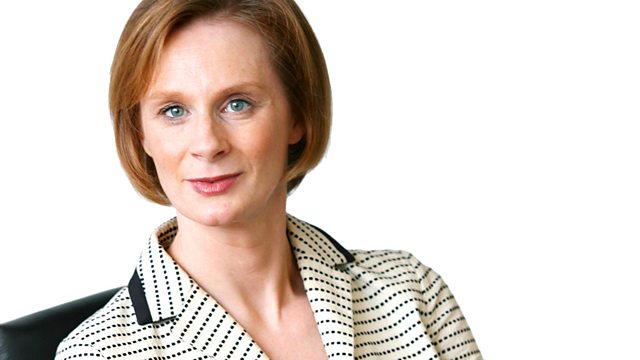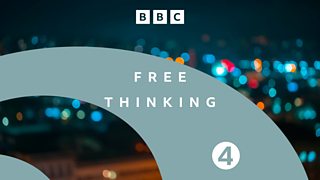
Mario Vargas Llosa, Peter Lanyon, Che Guevara, Mona Saudi
Presented by Anne McElvoy. Includes Mario Vargas Llosa's Nobel literature prize win; the St Ives group of artists; a new biography of Ernesto 'Che' Guevara; sculptor Mon Saudi.
Mario Vargas Llosa was announced today as the winner of the Nobel Prize for Literature 2010. The Chair of the judging committee, Per Wastberg, talks to Night Waves about the Peruvian author and explains why he's won.
Anne McElvoy also discusses a new exhibition in St. Ives of the work of the Cornish artist Peter Lanyon, once considered a leading figure in British abstract expressionist art, but who hasn't had a full retrospective show for almost forty years. During the 1950s Lanyon was a leading member of the St. Ives groups of artists - along with Barbara Hepworth and Ben Nicholson. But Lanyon also was heavily inspired by American artists like Mark Rothko who were leading abstract expressionism. This new exhibition takes place in the town of his birth. Anne is joined by Michael Bird, Bill Feaver and Susanna Heron, daughter of artist Patrick Heron, to talk about Lanyon and the significance of St Ives in British art.
A family friend of Che Guevara has written a new biography of the left wing legend. She remembers 'just another Argentinian boy who liked rugby' and explains why previous representations of Guevara haven't really got to the man himself.
Mike Pitts, editor of British Archaeology magazine, reports on the auction today at Christie's of a bronze Roman helmet for the astonishing sum of two million pounds, nearly seven times the estimated price. It was found at Crosby Garrett in Cumbria earlier this year by a metal detectorist. As a bronze object, rather than gold or silver like the Staffordshire Hoard, it escapes the Treasure Act. This entitles the finder to sell to the highest bidder, rather giving the opportunity to British Museums to raise the independently valued price of the object. Mike Pitts was at the auction today and joins Anne McElvoy to discuss the sale of the helmet, and the issues it raises for British archaeological finds.
And the Jordanian sculptor, Mona Saudi, explains why stone is a form of poetry and recalls running away to Paris as a teenager.

